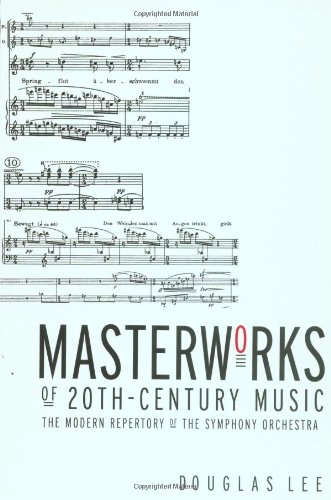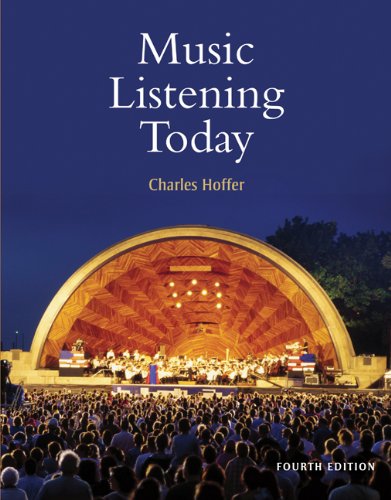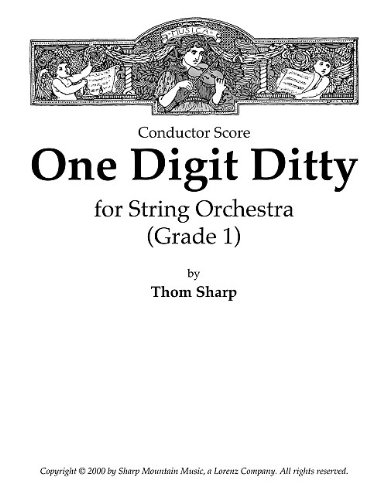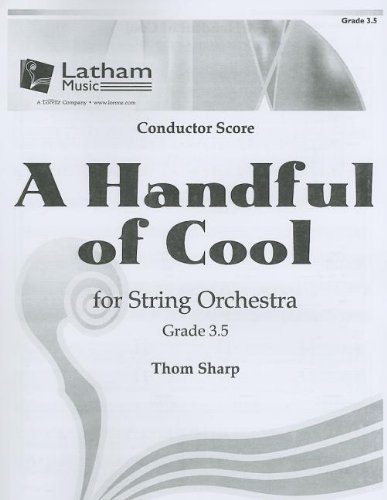1,000 Recordings to Hear Before You Die (1,000 Before You Die) Review

1,000 Recordings to Hear Before You Die (1,000 Before You Die) Feature
- ISBN13: 9780761139638
- Condition: New
- Notes: BRAND NEW FROM PUBLISHER! 100% Satisfaction Guarantee. Tracking provided on most orders. Buy with Confidence! Millions of books sold!
This is a book both broad and deep, drawing from the diverse worlds of classical, jazz, rock, pop, blues, country, folk, musicals, hip-hop, world, opera, soundtracks, and more. It's arranged alphabetically by artist to create the kind of unexpected juxtapositions that break down genre bias and broaden listeners’ horizons— it makes every listener a seeker, actively pursuing new artists and new sounds, and reconfirming the greatness of the classics. Flanking J. S. Bach and his six entries, for example, are the little-known R&B singer Baby Huey and the '80s Rastafarian hard-core punk band Bad Brains. Farther down the list: The Band, Samuel Barber, Cecelia Bartoli, Count Basie, and Afropop star Waldemer Bastos.
Each entry is passionately written, with expert listening notes, fascinating anecdotes, and the occasional perfect quote—"Your collection could be filled with nothing but music from Ray Charles," said Tom Waits, "and you'd have a completely balanced diet." Every entry identifies key tracks, additional works by the artist, and where to go next. And in the back, indexes and playlists for different moods and occasions.

















